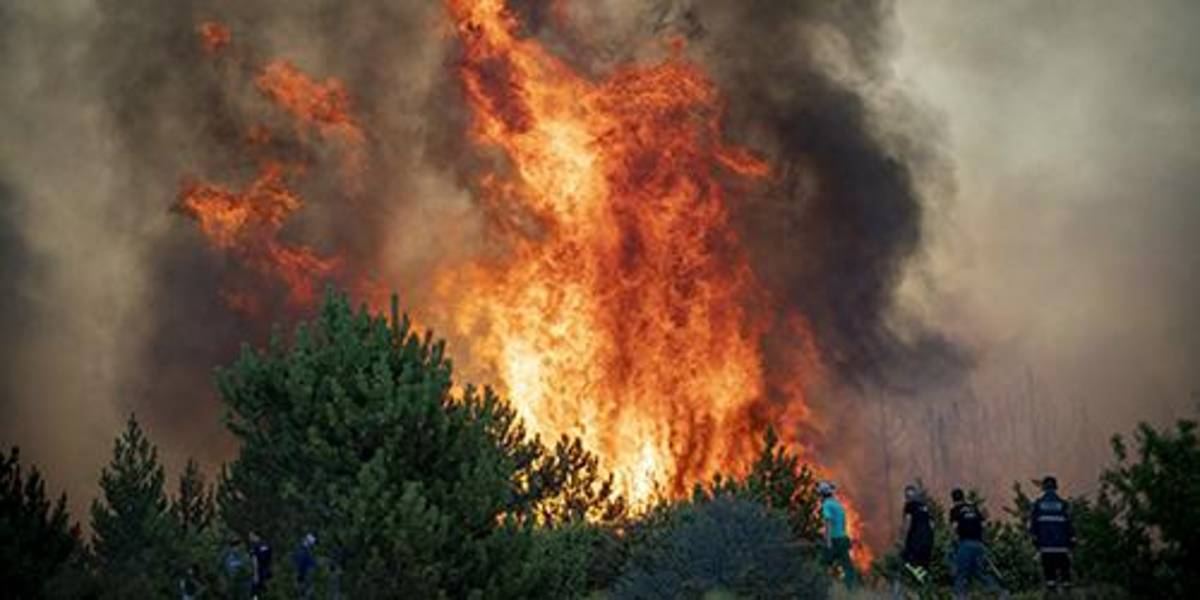A United Nations Environment Programme (UNEP) report has predicted that even if greenhouse gases are reduced, there could be a substantial increase in wild fires around the world.
The report, with contributions from the UK Centre for Ecology & Hydrology (UKCEH), found some of the biggest increases to be in areas not typically used to seeing wildfires, such as the Arctic and central Europe. Areas of tropical forest in Indonesia and the southern Amazon are also likely to see increased burning if greenhouse gas emissions continue at their current rate.
Scientists at UKCEH and the UK Met Office carried out modelling to predict future increases in wildfires for the report, Spreading like Wildfire: The Rising Threat of Extraordinary Landscape Fires. They combined the most up-to-date satellite observations of wildfires, vegetation cover and meteorological conditions with multiple climate models, enabling the scientists to make projections for future fires with much more confidence than previously.
